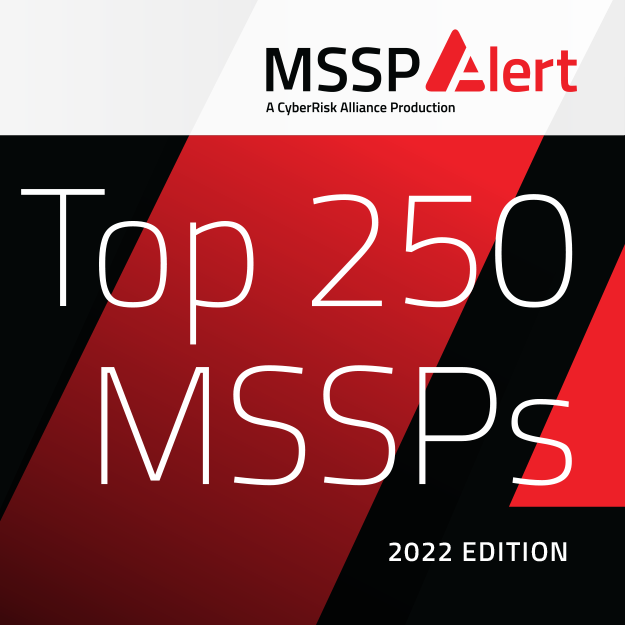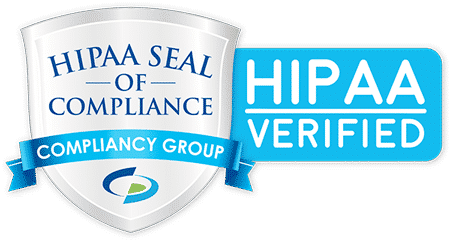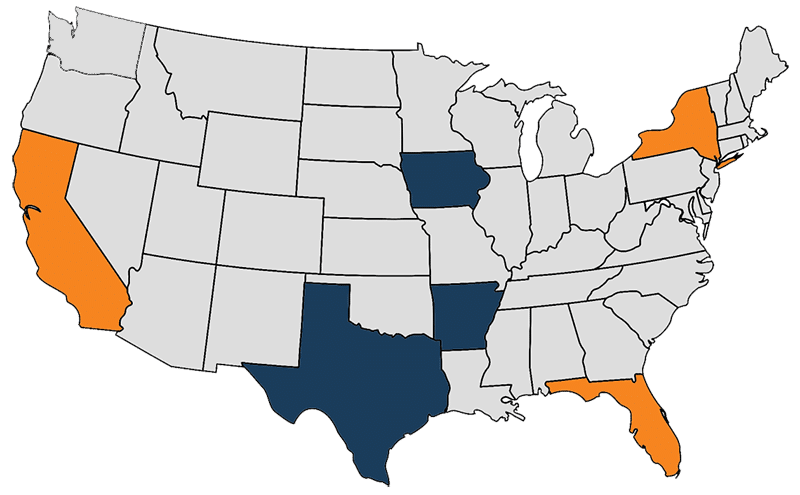A Compliant EMR Doesn’t Make You HIPAA Compliant

Even if you’ve implemented a HIPAA-compliant Electronic Medical Records (EMR) system, it’s not enough to guarantee your practice’s overall HIPAA compliance. Complying with HIPAA involves more than just your EMR system – it extends to a broad range of areas, including administrative and physical safeguards, training, incident response, and regular updates to meet legal obligations […]
6 Reasons to Hire a HIPAA Compliance Consultant

It takes compliance experts with a deep understanding of the law to assess risks relating to a business, to properly train personnel, and to help compose policies and procedures regarding HIPAA compliance. That’s why we’ve compiled six reasons to hire one.
Why You Should Make Your Website More Accessible

Accessibility should be a priority when creating a website. Yet many people don’t even think of making their site accessible to people with disabilities.
Navigating the Cyber Threat Landscape in Private Healthcare Practices: A Closer Look

The Challenge in Private Healthcare Practices In the increasingly digital world of private healthcare practices, the dual challenges of protecting sensitive patient information and ensuring uninterrupted care have never been more pronounced. With limited resources, reliance on legacy software systems, and the critical nature of the data they handle, private practices present an appealing target […]
SonicWall Insights Reveal Cyberattack Surge: The Essential Role of MSPs like WheelHouse IT

In today’s digital age, the complexity and frequency of cyberattacks are on a relentless rise, putting unprecedented pressure on businesses to fortify their defenses. The latest 2024 SonicWall Annual Cyber Threat Report sheds light on this evolving threat landscape, revealing a significant uptick in cyberattacks globally. With overall intrusion attempts increasing by 20%, and a […]








